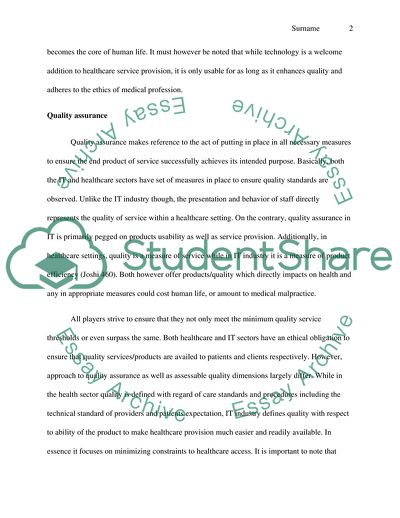Cite this document
(Some aspects of healthcare systems Coursework Example | Topics and Well Written Essays - 1500 words, n.d.)
Some aspects of healthcare systems Coursework Example | Topics and Well Written Essays - 1500 words. https://studentshare.org/health-sciences-medicine/1762725-some-aspects-of-healthcare-systems
Some aspects of healthcare systems Coursework Example | Topics and Well Written Essays - 1500 words. https://studentshare.org/health-sciences-medicine/1762725-some-aspects-of-healthcare-systems
(Some Aspects of Healthcare Systems Coursework Example | Topics and Well Written Essays - 1500 Words)
Some Aspects of Healthcare Systems Coursework Example | Topics and Well Written Essays - 1500 Words. https://studentshare.org/health-sciences-medicine/1762725-some-aspects-of-healthcare-systems.
Some Aspects of Healthcare Systems Coursework Example | Topics and Well Written Essays - 1500 Words. https://studentshare.org/health-sciences-medicine/1762725-some-aspects-of-healthcare-systems.
“Some Aspects of Healthcare Systems Coursework Example | Topics and Well Written Essays - 1500 Words”. https://studentshare.org/health-sciences-medicine/1762725-some-aspects-of-healthcare-systems.


